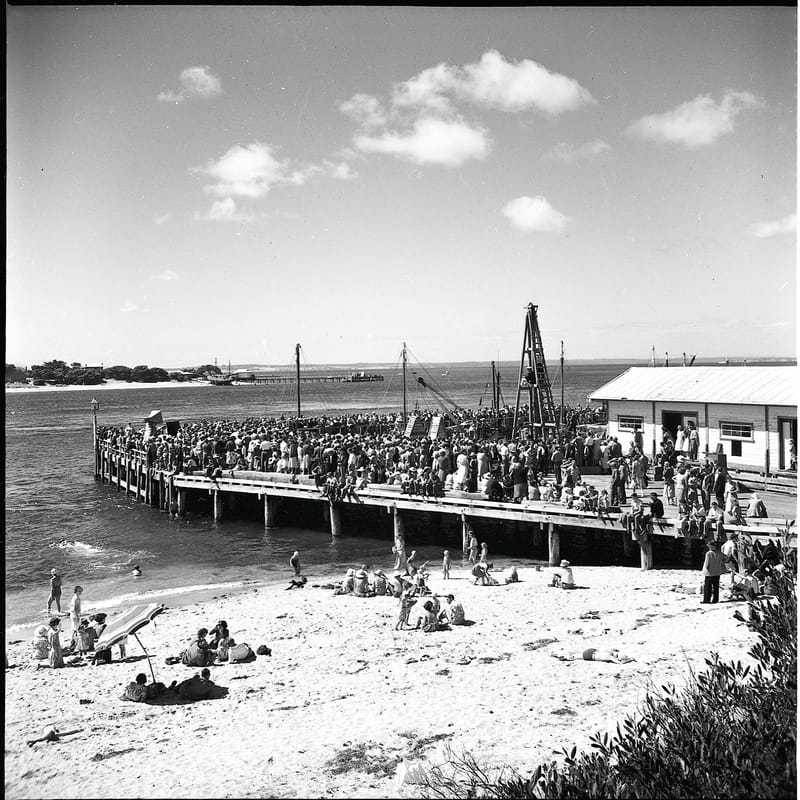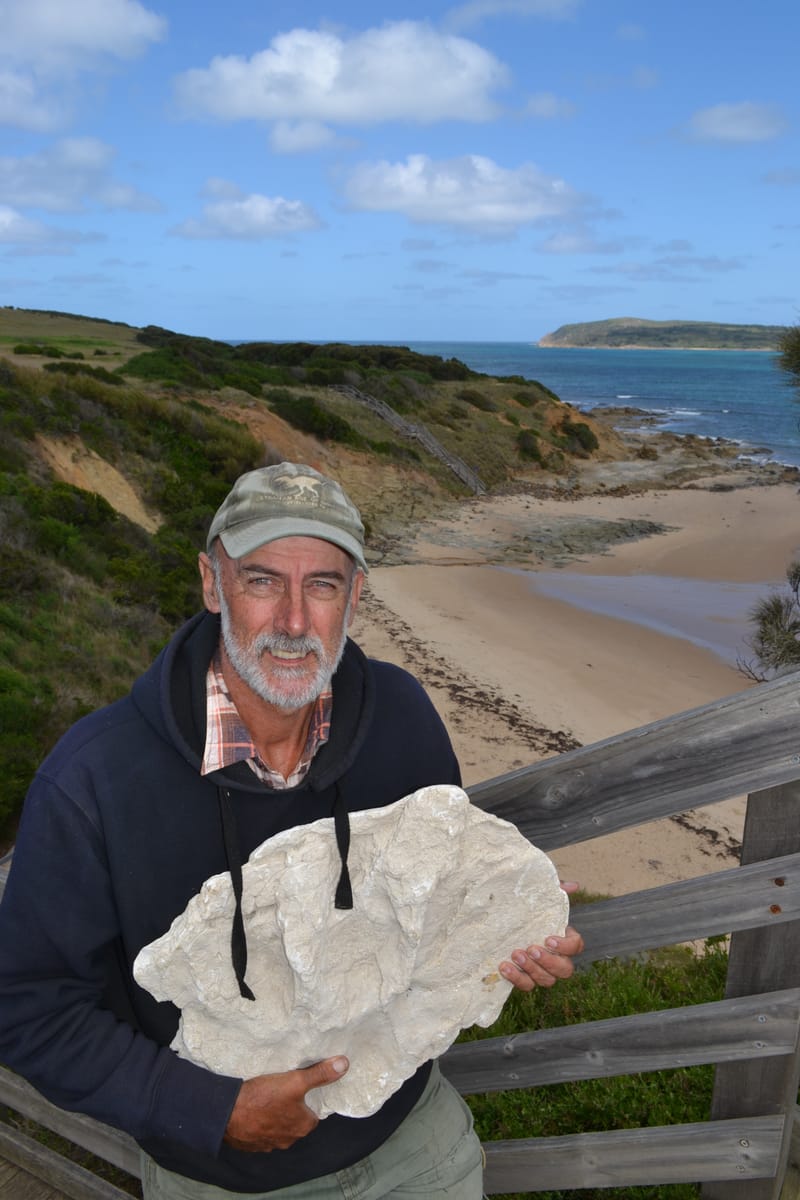Low tide reveals historic sea baths at San Remo
Beach erosion at San Remoback in 2010 unearthed what appeared to be the ruins of sea baths.
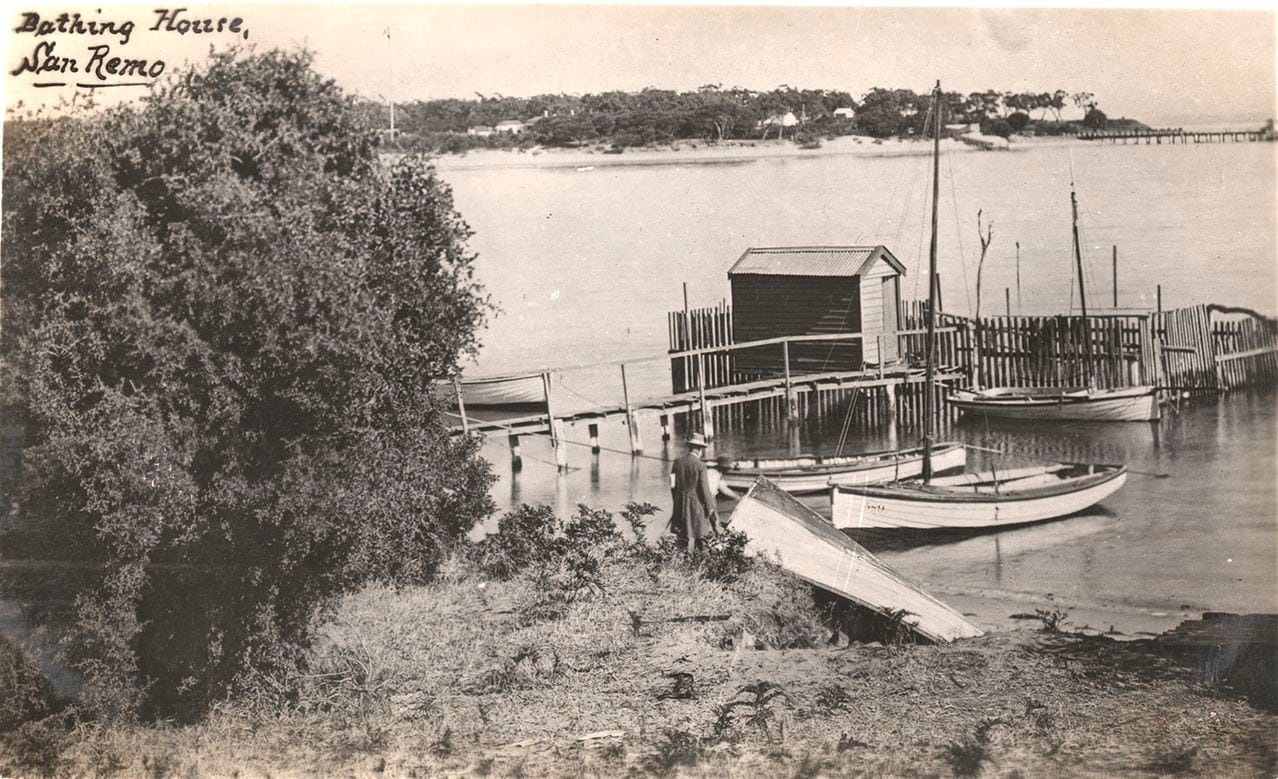
Beach erosion at San Remoback in 2010 unearthed what appeared to be the ruins of sea baths built nearly 120 years ago.
Phillip Island Historical Society historian John Jansson, inspected the area at low tide after a retired fisherman alerted him to what he thought were the piles of an old Coal Jetty, built in 1872.
“I went to San Remo where the old bridge was constructed, west of the jetty, but couldn’t see anything there,” said John back in 2010.
“I then walked further south where I could see a U shaped row of piles 90 metres out from the stone wall, near the edge of the channel. It was several hundred metres from the pier. You can see what appears to be old sea baths.
John said the only sea baths he knew of in the area were located at the front of the San Remo hotel at the turn of the century.
“They were covered in fill when they built the bridge,” he said.
But erosion seems to have revealed there was another leisure spot for locals and tourists in the late 1800s.
“It is an exciting find as I was unaware there were baths at that site,” said John.
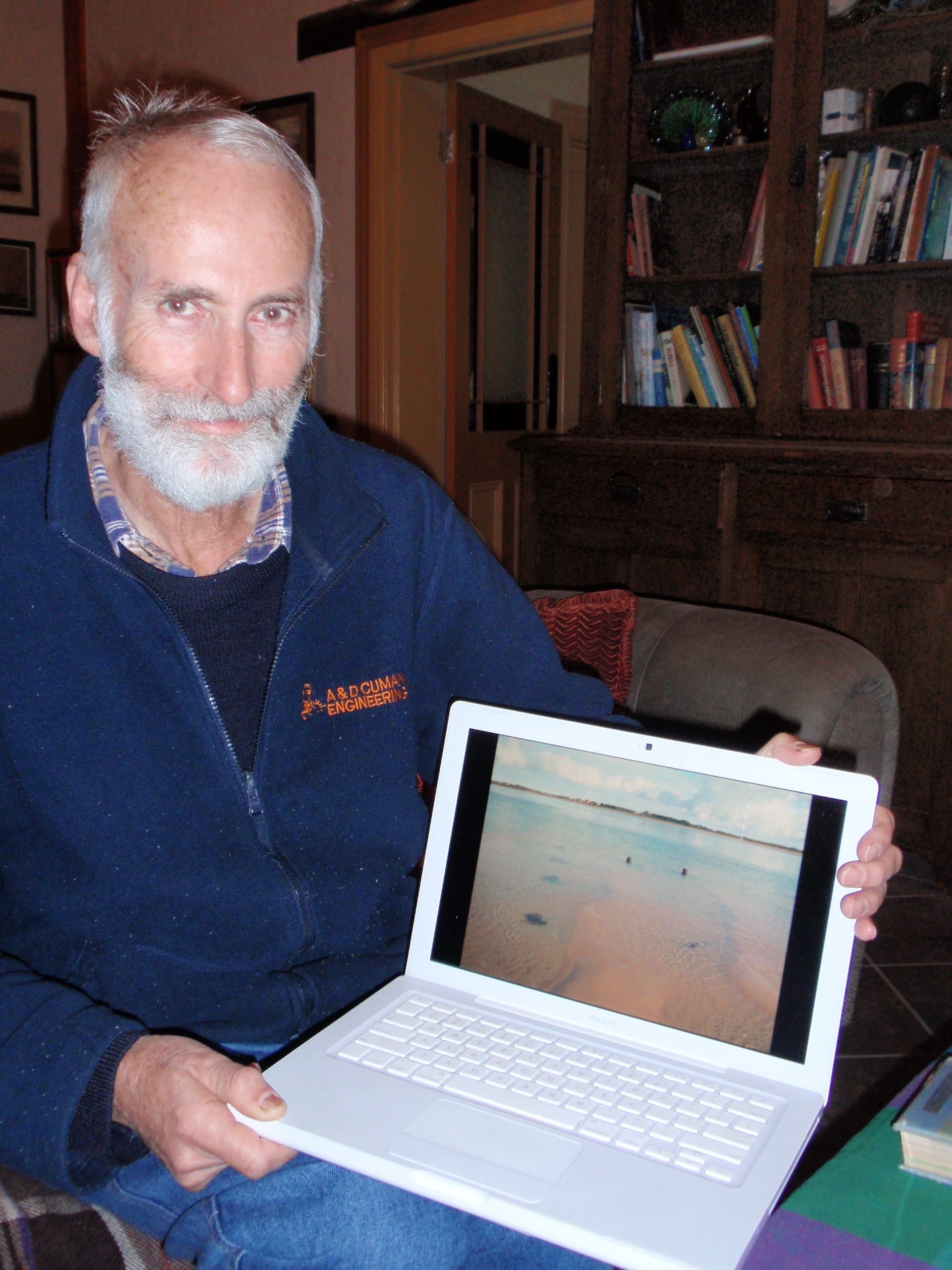
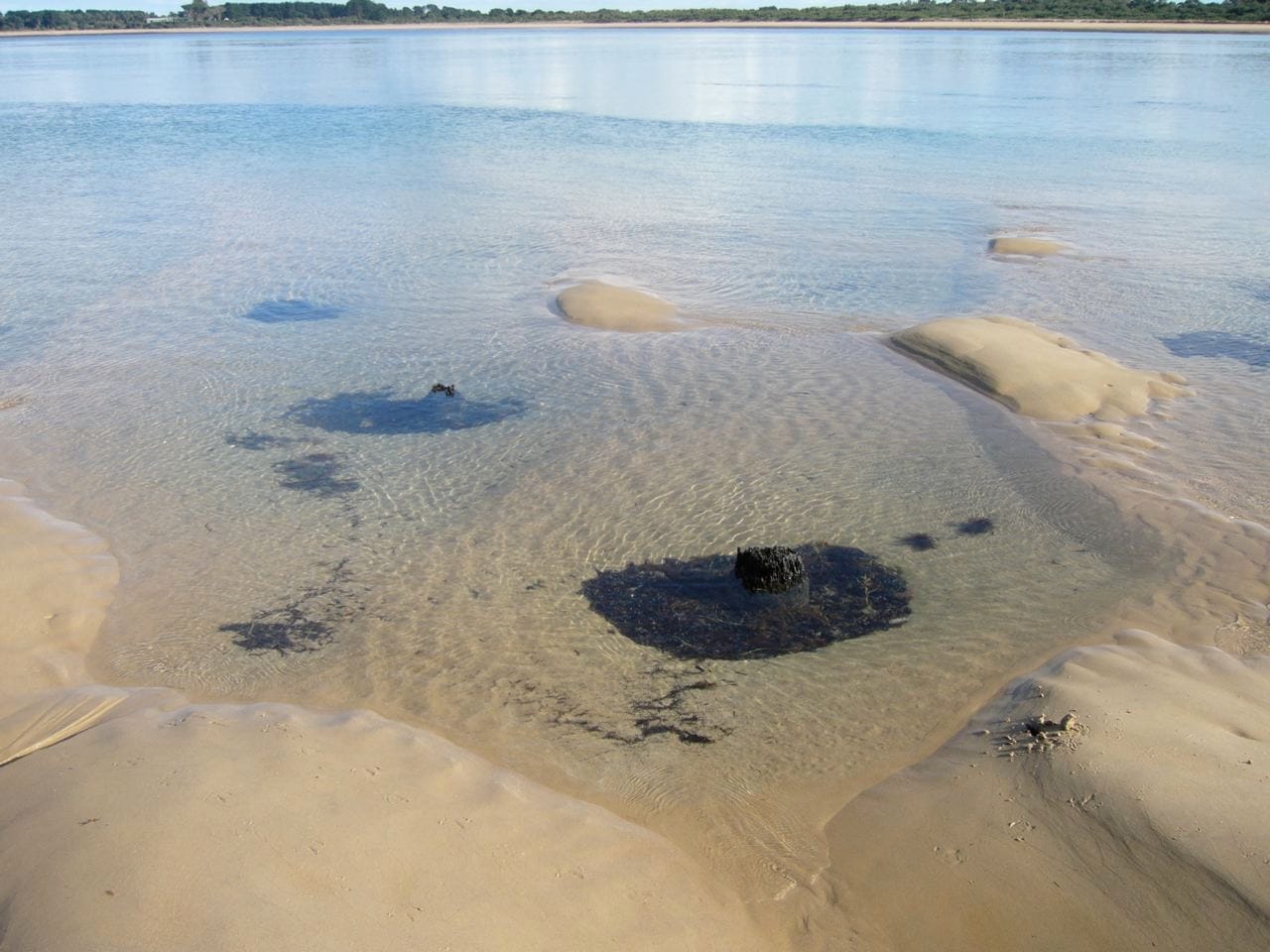
“My theory is that this dates back to the 1890s. The Cowes baths were built by the shire in 1893. The San Remo baths would have been built in a similar period by the council to promote tourism. They were popular in other holiday resorts due to the fear of sharks,” he said.
John said the baths were most likely built of local timber from the Bass hills over a century ago.
“Most of the time the baths have been covered by sand and protected,” he said.
“It must have eroded 90 metres in the last century. That’s an awful lot. Beach erosion is a major problem in the area, that is why they built the stone wall. It is a natural process, the sand is always moving.”
John said further research could reveal the secrets of the area.
“Probably the only way we can find out more is to look at the old shire council minutes and archives to see whether the council built sea baths there.”
He said those curious to see the historic find should look for a single row of piles in a U shape and to time the tide.
“It has to be very low tide before you can see it,” he said.



